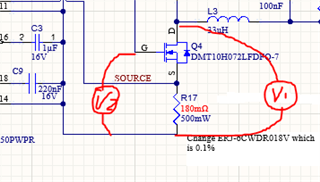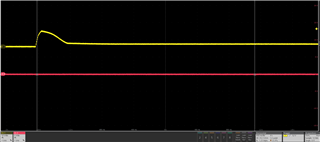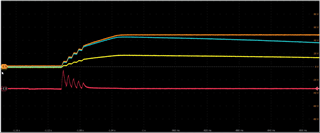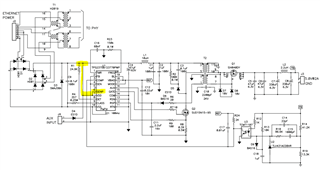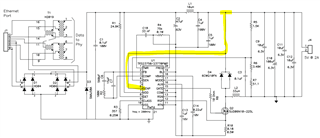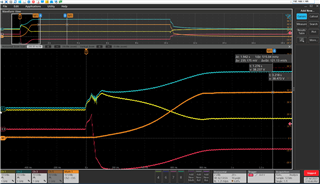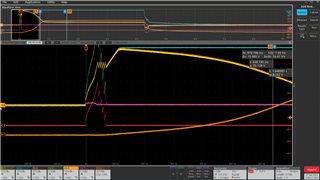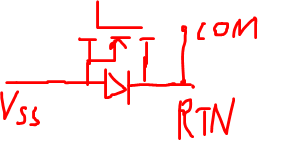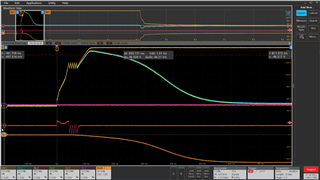Other Parts Discussed in Thread: TPS23750, TPS23750EVM-107, TLV431
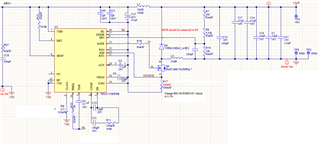
I modified the circuit on page 33 with a different switching mosfet and a different diode. For some reason I'm getting 38V or 40V on the output. I did my own layout.
One error I found SENP is not attached to the diode on the layout, I don't think this would be a problem since SENP is higher than SEN.



